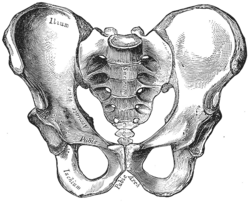I can't believe we finished presenting our TED Talk! The semester went by so fast and I'm proud of the presentation Alyssa and I gave! We achieved our goal of informing people about the drought through our TED talk. We talked about the causes of the drought relating to agriculture, specifically the types of crops that are grown in California and factory farming. We also found solutions to the drought like desalination, drip irrigation, and recycling water. We didn't get to our final project: filmed interviews of people in our community asking them what they thought about the drought. This way we could find out what the public already knew about the drought. We didn't want to ramble off about things that everyone already knew about during our TED talk. We also would have liked to talk to some officials, people who study the drought every day and how it's affecting our community. The most successful part of our project was the survey we put out. We got almost 50 responses and it helped us find the focus of our project.
Our TED talk went well! I did talk quickly because I was a bit nervous. There was just so much information Alyssa and I wanted to include in our project but we had to stick to the time limit. While prepping for the presentation, we had gone on talking for a really long time. We were really passionate about the subjects and we wanted to share everything we had learned with the class. It was hard to cut down on the info. In all I learned that you really need to plan out a timeline for big projects. I think the reason we sort of fell behind in was because we only planned what we needed to do for a week, not for multiple weeks. We also didn't find the focus for our project very early on, since the drought has so many different aspects. So time management will be something that I continue to work on. I also learned a lot about teamwork. This 20 Time project was a great experience especially because I got to work on something that I'm passionate about and will help the environment!










































